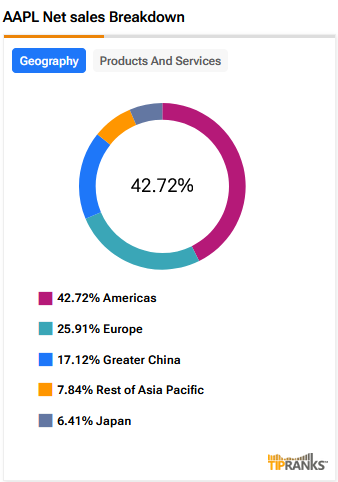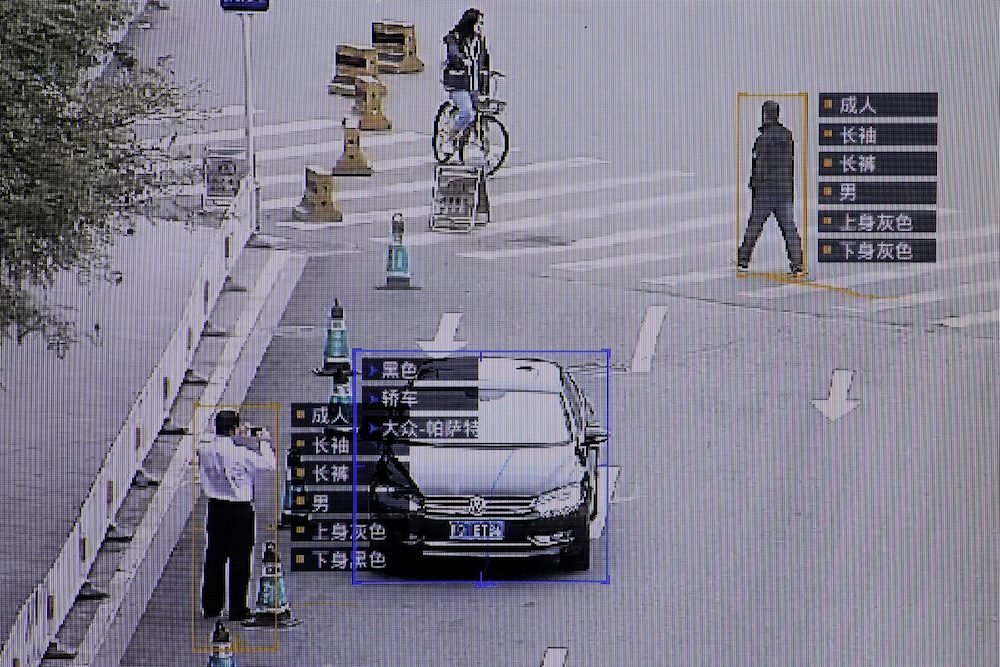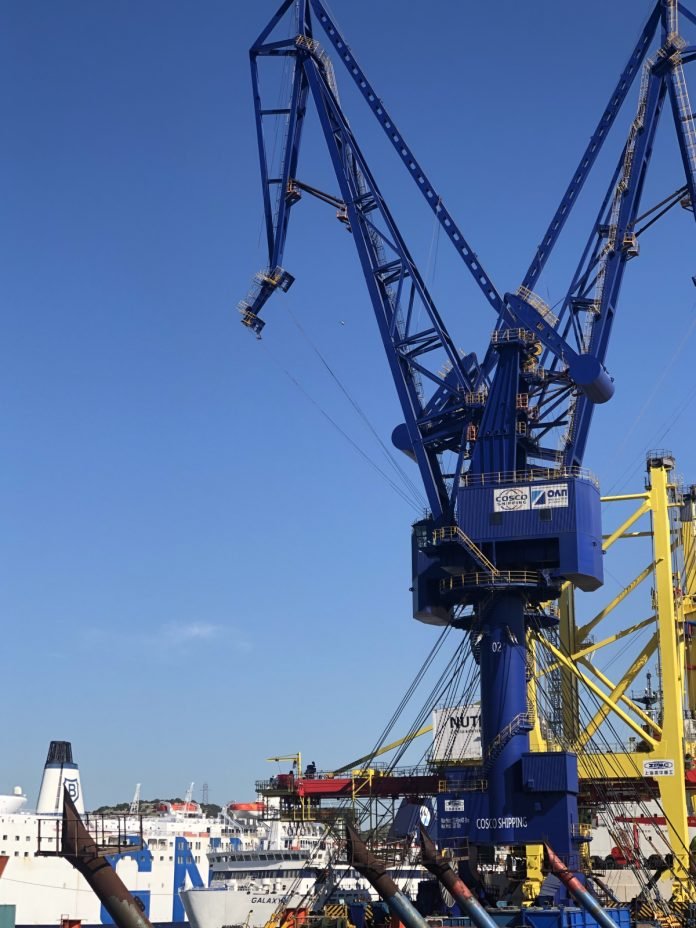Ant Group unveiled its first humanoid robot at a trade show in Shanghai on Thursday, heralding the Chinese fintech company’s entry into the increasingly competitive field of embodied artificial intelligence to take on rivals like Unitree Robotics.
The wheeled, two-armed humanoid, named R1, was developed by Ant’s robotics unit Ant Lingbo Technology, also known as Robbyant. At the company’s booth at the Inclusion Conference on the Bund on Thursday, the second day of the four-day event, one R1 stood on display while another was deployed in a mock kitchen, putting ingredients into a wok.
The company said the first-generation R1 weighed 110kg, stood between 1.6 and 1.75 metres tall, moved at under 1.5 metres per second and had 34 degrees of freedom. It could operate as a chef or tour guide, or perform remote-controlled tasks, it said.
Do you have questions about the biggest topics and trends from around the world? Get the answers with SCMP Knowledge, our new platform of curated content with explainers, FAQs, analyses and infographics brought to you by our award-winning team.
Staff at the event said the product was already in mass production and had been shipped to clients including the Shanghai History Museum.
Rather than being sold as stand-alone units, R1 robots were bundled into broader “scenario solutions”, a staff member said, adding that a second-generation model was under development.
Ant Lingbo Technology was founded in Shanghai at the end of 2024 and formally launched in the Pudong District in March, with district officials as well as Alibaba-affiliate Ant Group chair Eric Jing Xiandong and chief executive Cyril Han Xinyi in attendance. A subsidiary was later established in Hangzhou, the capital of China’s eastern Zhejiang province, in August. Alibaba owns the Post.
“We are newcomers to this field, focusing on developing intelligence,” said Zhu Xing, CEO of Robbyant. “Ant Group has continued to invest in life services, including public welfare, healthcare and finance. Robbyant expects to leverage embodied intelligence to extend the services Ant provides in the digital world more effectively into the physical world.”
He added that this year, the company was conducting product tests in selected application scenarios.

R1 is a wheeled, two-armed humanoid robot. Photo: Wency Chen alt=R1 is a wheeled, two-armed humanoid robot. Photo: Wency Chen>
The event drew researchers from Tsinghua University, the National-local Humanoid Robotics Innovation Centre and the Shanghai Artificial Intelligence Lab, as well as robotics start-ups including Alibaba-backed Galaxea, Galbot and Linkerbot, an Ant-backed developer of dexterous hands.
Ant has also been developing its proprietary Bailing large language model. Papers published in March showed methods that enable a 300-billion-parameter mixture-of-experts model to be efficiently trained on domestic GPUs with relatively low performance.
The conference this year, themed “Path to Innovative Growth”, includes an exhibition area dubbed “Robot Town” to display robotics suppliers’ products.
Unitree founder Wang Xingxing – one of China’s best-known robotics entrepreneurs – spoke at the opening ceremony on Thursday.
“The hardware for robot bodies is already sufficient,” he said. “The real bottleneck lies in embodied intelligence models, whose capabilities are still far from adequate. We are on the eve of an explosive phase of growth where AI can truly be put to work.”
Unitree has announced plans to file for an initial public offering later this year. Alibaba and Ant joined its Series C financing round earlier this year.
This article originally appeared in the South China Morning Post (SCMP), the most authoritative voice reporting on China and Asia for more than a century. For more SCMP stories, please explore the SCMP app or visit the SCMP’s Facebook and Twitter pages. Copyright © 2025 South China Morning Post Publishers Ltd. All rights reserved.
Copyright (c) 2025. South China Morning Post Publishers Ltd. All rights reserved.





